sEMG biofeedback is a versatile, low-risk, highly effective intervention. Read on to learn how to determine when it’s the right fit for a patient.
What am I trying to accomplish?
Do any of the following resonate with you as a goal for your patients/athletes?
- Improving strength and volitional control
- e.g. post-op knee, quad inhibition
- e.g. weak anterior tibialis contributing to drop foot
- Training active relaxation or down-regulation
- e.g. guarding of the hamstrings in extension retraining
- e.g. hypertonicity of the neck and shoulders
- Ensuring specific activation & recruitment patterns during exercise or functional movement
- e.g. engaging lower traps and quieting upper traps after rotator cuff repair
- e.g. monitoring compensation of hamstring / lower back for glutes during running
- Increasing recruitment awareness
- e.g. ensuring symmetrical muscle engagement on basic exercises, such as bridges and squats
- e.g. ensuring lat activation for overhead athletes or lifters during functional training
- e.g. ensuring activation of glutes and spinal extensors during core stability exercises
- Increasing effort and motivation
- visual feedback and games increase patient effort
- scores and quantifiable progress show them their work is paying off
- Comparing progress to the healthy side
- track post-op progress to encourage patients
- inform return-to-sport decisions
If yes, then sEMG biofeedback can help you get there.
What muscle(s) am I targeting?
sEMG targets relatively superficial muscles, but still provides an easy way to take a look at what’s going on under the surface.
Target large or small muscles by placing electrodes on the muscle belly (palpating and cueing contraction if needed). Dual channel monitoring means you can actively compare to co-contractors, agonist/antagonist, or the healthy contralateral muscle. Learn more about electrode setup here.
Who should I use it with?
While biofeedback is a shoe-in for knee and shoulder rehab – founder Russ Paine uses it on “every knee that comes through the door” – don’t be afraid to get creative! sEMG is an excellent intervention for core strength and stability training, gait rehab, and so much more. Start with the questions below to help identify if sEMG intervention would add value to your treatment programs:
- Evaluation & Assessment
- After immobilization, does the patient have deficits in motor control?
- Joint assessment – is it a stability and motor control issue? Are they hypomobile, or do you need to mobilize the joint? Do they not know how to move/fire the target muscle?
- Exercises & Functional Activities
- Look at how the uninvolved side moves, its tone, its ROM and comfort – could increased strength OR decreased activation/tone improve performance?
- Connecting to function
- Biofeedback employs multiple levels of cortical engagement by reinforcing neuromotor connections and speeding up motor learning (more on the science behind that here) – would this particular patient respond well to visual feedback? Are they goal-oriented?
How do I set up mTrigger?
- Connect device to mobile app (enable Bluetooth and location settings!)
- Put the electrodes on the muscle belly, activate that motor unit, see microvolt level on the display. Set the goal a little higher or lower, based on what you’re trying to achieve. This creates an objective measure each time.
- Set time cues for specific contraction and relaxation periods
- Some conditions require more relaxation time, where others may demand a higher level of difficulty. You can change these time periods to reflect progress as you get farther along in your program.
- If you’d prefer less structured monitoring, you can simply enter Train mode without the timer; session will not be recorded without the timer, but you will always see your real-time data
- Single vs. Dual Channel
- Isolate one target muscle in single channel mode, or
- Get fancy with two channels:
- Use the Neuromuscular Deficit Test to check against contralateral side output
- Assess antagonist / agonist movement patterns
- Cue functional inhibition/relaxation
View our full video training series here.
What does success look like when using mTrigger?
- mTrigger isn’t an isolated piece of equipment – it’s built to fit in naturally to the rehab and training programs you already do.
- It engages patients in a different way than traditional passive modalities, helping you treat the person as a whole.
- Engage not only target motor units, but make a cognitive and emotional connection to functional learning and achievement.
- We believe that it’s much more effective to do something with somebody than to somebody. Active interventions like sEMG biofeedback require efferent output through cognitive function and multiple body systems. That leads to long term results.
What is the patient response to biofeedback?
- It’s not boring for patients – they can enjoy their therapy and understand the link to function. Biofeedback helps them understand the purpose of their exercises so that they have much greater buy-in to their program. That’s a game changer.
- Both biomechanical + psychosocial – engage the patient where they are and help them move forward
- Customizes treatment sessions help patients meet their goals in real time
- Hear it straight from the horses’ mouths.
Now that you’re well versed in how to use biofeedback to benefit even more patients, get out there and start getting those outcomes!
Check out a literature review on biofeedback in rehab here.
For more on when to use biofeedback within a treatment session and/or program, click here.
Get in touch with a rep today to learn how the mTrigger Biofeedback System could bring value to your practice.


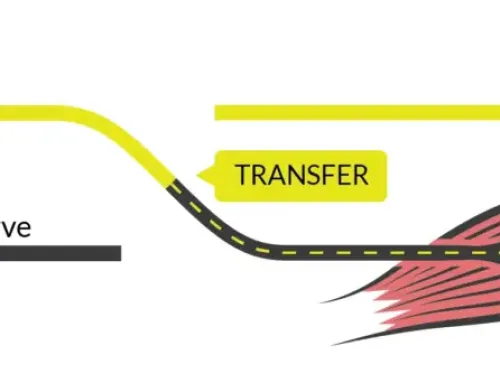

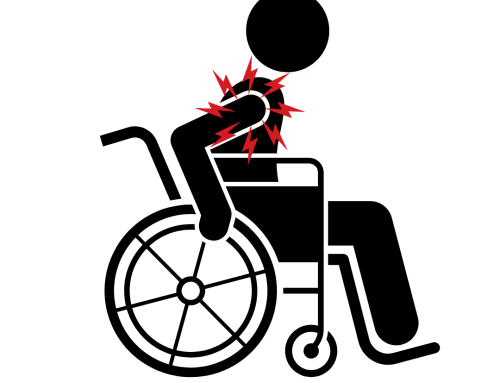
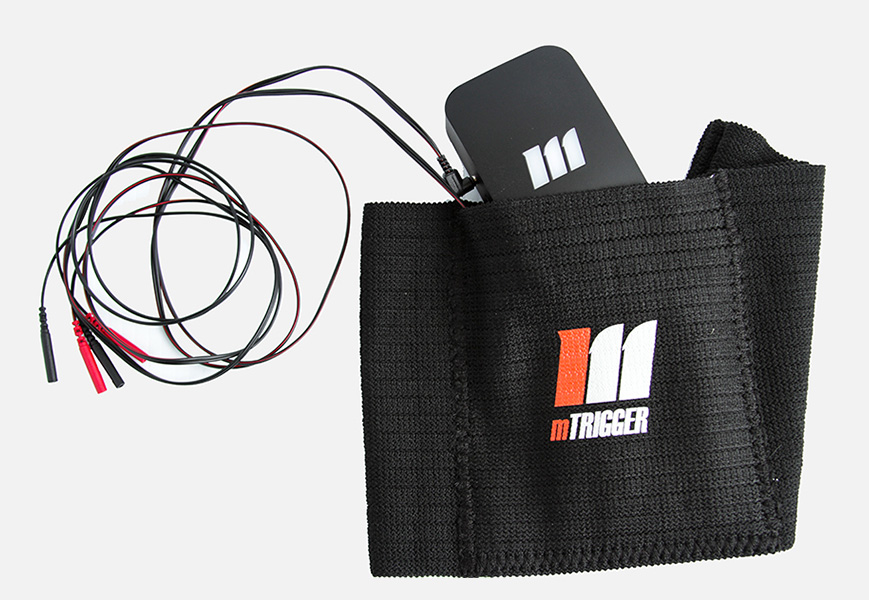
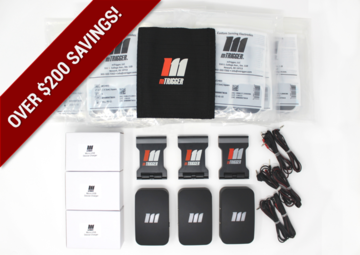
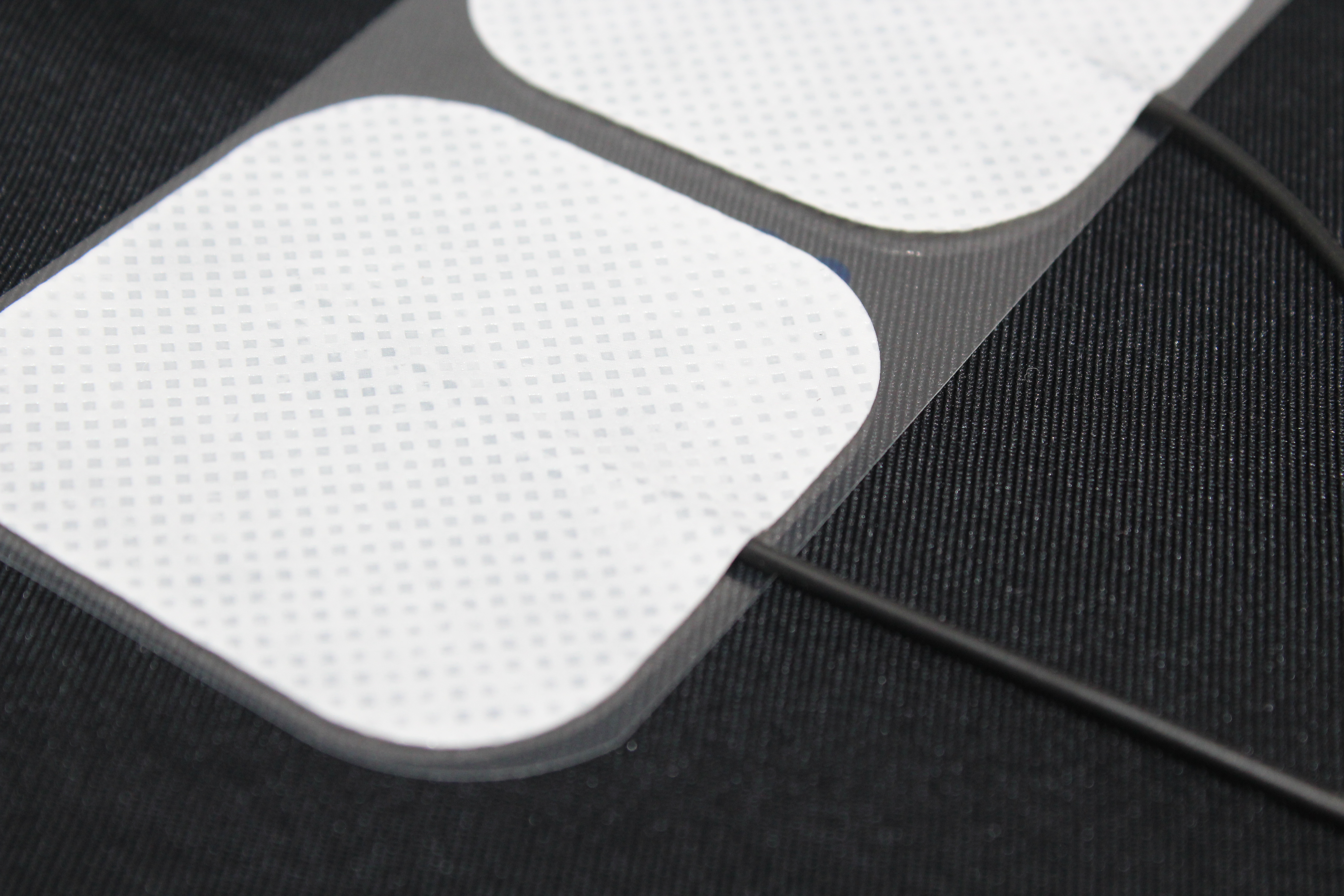
Leave A Comment